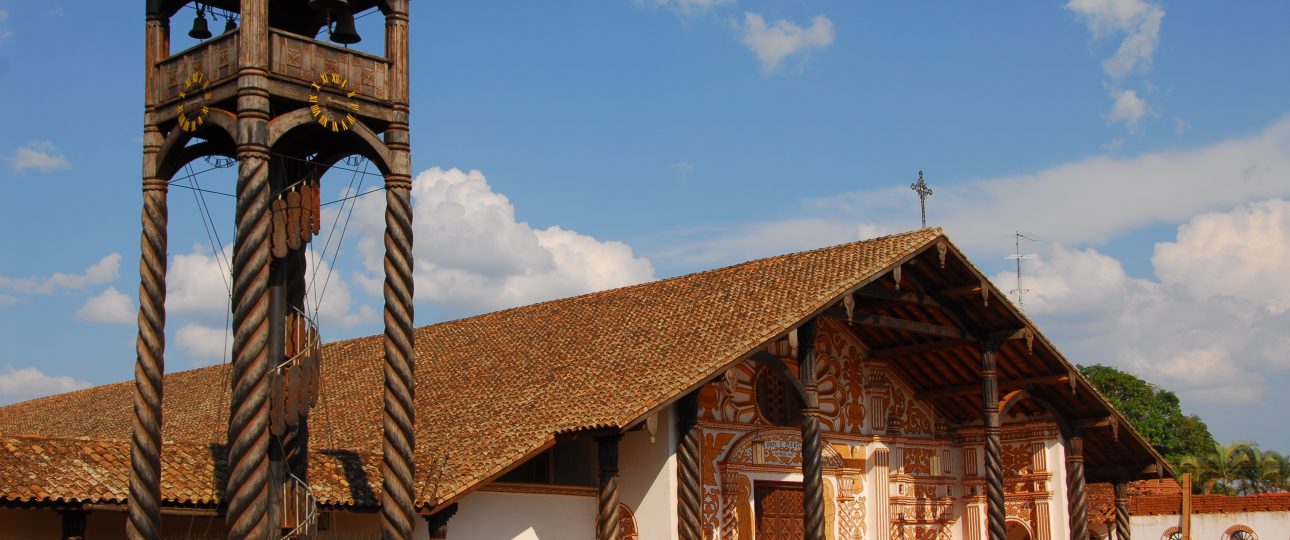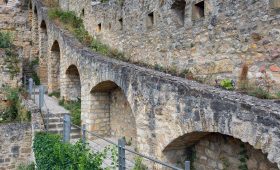Jesuit Missions of Chiquitos: A Journey Through History
History of the Jesuit Missions of Chiquitos
The Jesuit Missions of Chiquitos are a collection of six historic mission settlements in eastern Bolivia, established by Jesuits in the 17th and 18th centuries. These missions were founded as reductions, aiming to convert the indigenous Chiquitano people to Christianity while preserving their cultural identity. The architecture of these missions is a unique blend of European Baroque style and local indigenous craftsmanship, creating a distinctive cultural fusion.
Exploring the Jesuit Missions
Visiting the Jesuit Missions of Chiquitos is like stepping back in time. Each mission offers a unique glimpse into the past, with distinct architectural features and historical significance.
Santa Ana de Velasco
Santa Ana de Velasco is renowned for its well-preserved wooden carvings and vibrant frescoes. The intricate details inside the church are a testament to the artistic skills of the indigenous craftsmen who worked alongside the Jesuits.
San Javier
San Javier is the oldest mission in the region, notable for its impressive pipe organ, which is still used during religious ceremonies. The church’s architecture highlights the Jesuits’ architectural prowess and their ability to adapt European styles to local conditions.
Concepción
Concepción stands out for its grandeur and size. It is the largest church among the missions, featuring stunning sculptures and ornate decorations that reflect the rich cultural exchange between the Jesuits and the indigenous people.
Best Time to Visit
The ideal time to visit the Jesuit Missions of Chiquitos is during the dry season, from May to October. During this period, the weather is pleasant, making it easier to explore the missions and the surrounding landscapes.
How to Get There
The main access point to the Jesuit Missions is Santa Cruz de la Sierra, a city well-connected by national and international flights. From Santa Cruz, you can take a bus or hire a car to reach the missions, with travel times ranging from 6 to 8 hours depending on your destination. Alternatively, San José de Chiquitos can be accessed from Quijarro or Corumbá in Brazil via the “death train.”
Local Transportation
Once at the missions, consider hiring a local guide or renting a bicycle to explore the area. The missions are relatively close to each other, and traveling by bike allows you to enjoy the scenic beauty of the Chiquitania region.
Safety and Practical Tips
The department of Santa Cruz, where the missions are located, is one of Bolivia’s more prosperous areas. However, it’s wise to avoid large demonstrations in Santa Cruz due to the current political climate. The mission towns are generally safe, but take standard precautions against petty theft. Be aware of the contraband trade near the Brazilian border, which might occasionally cause gasoline shortages. Hitchhiking on trucks is discouraged for safety reasons.
Summary of Facts
- The Jesuit Missions of Chiquitos consist of six historic mission settlements in eastern Bolivia.
- They were established in the 17th and 18th centuries to convert the indigenous Chiquitano people to Christianity.
- The missions are known for their unique blend of European Baroque architecture and local indigenous craftsmanship.
- The best time to visit is during the dry season from May to October.
- The main access point is Santa Cruz de la Sierra, with options to travel by bus or car.
- Local transportation can be done by hiring a guide or renting a bicycle.




